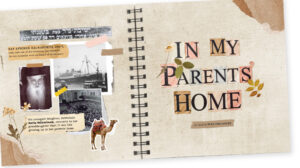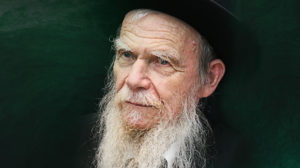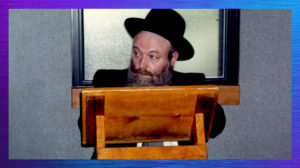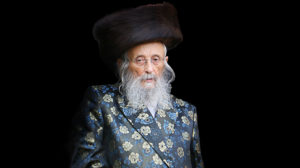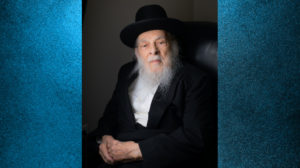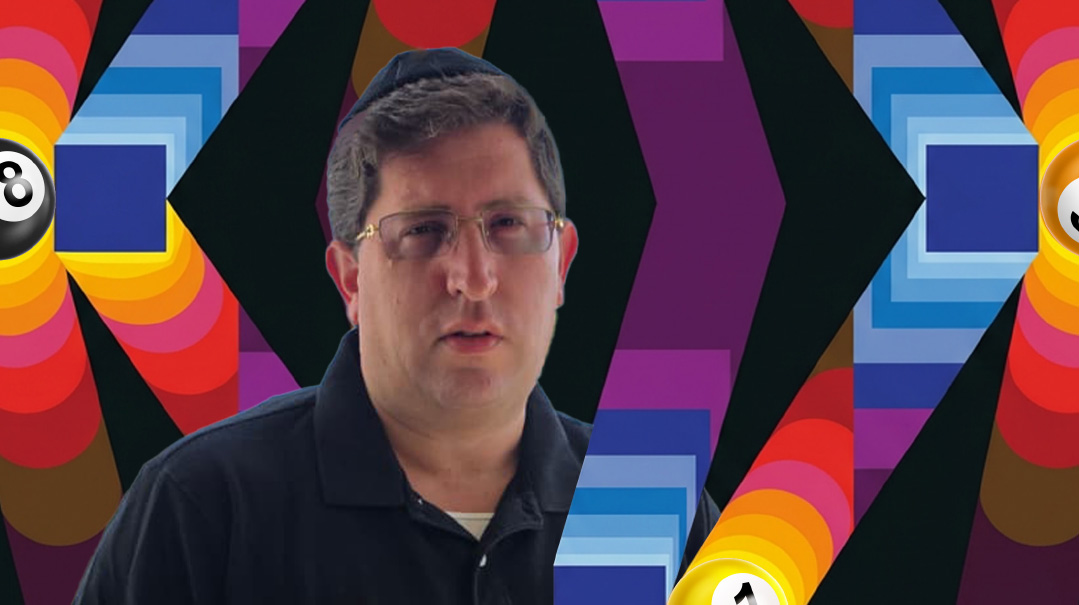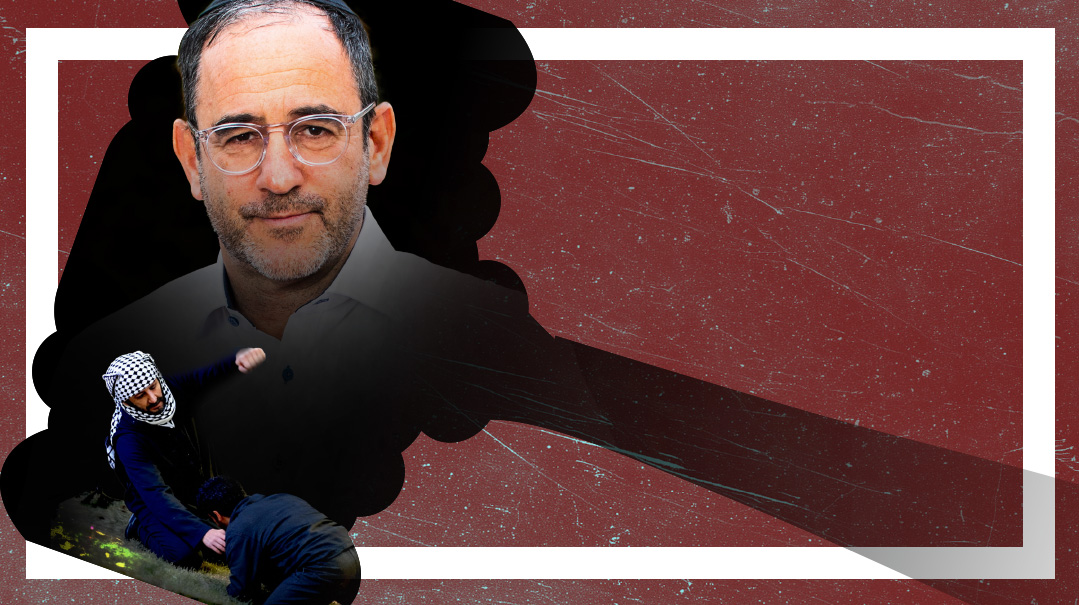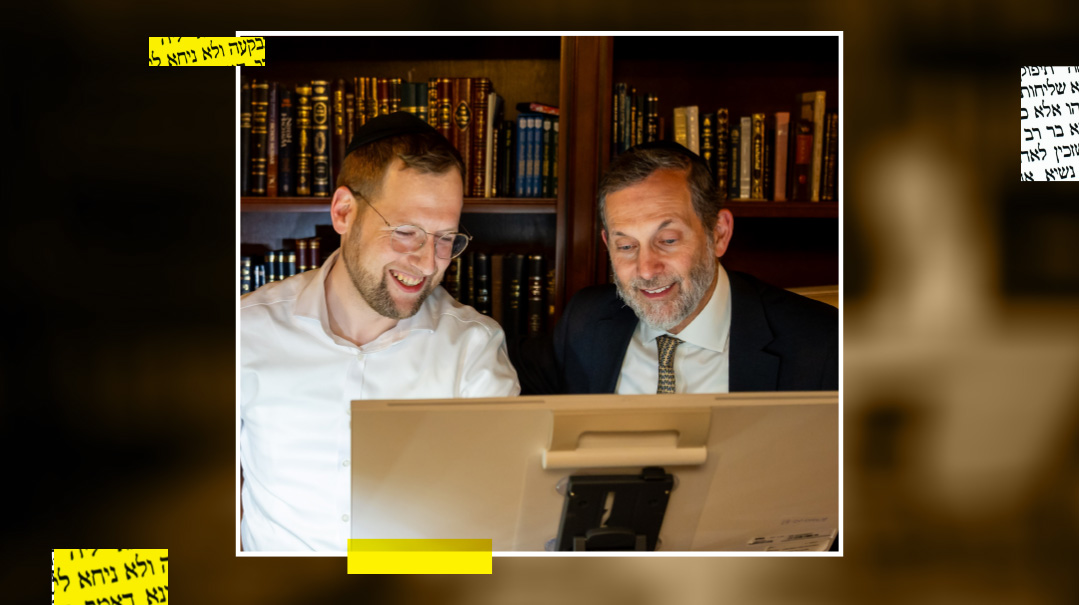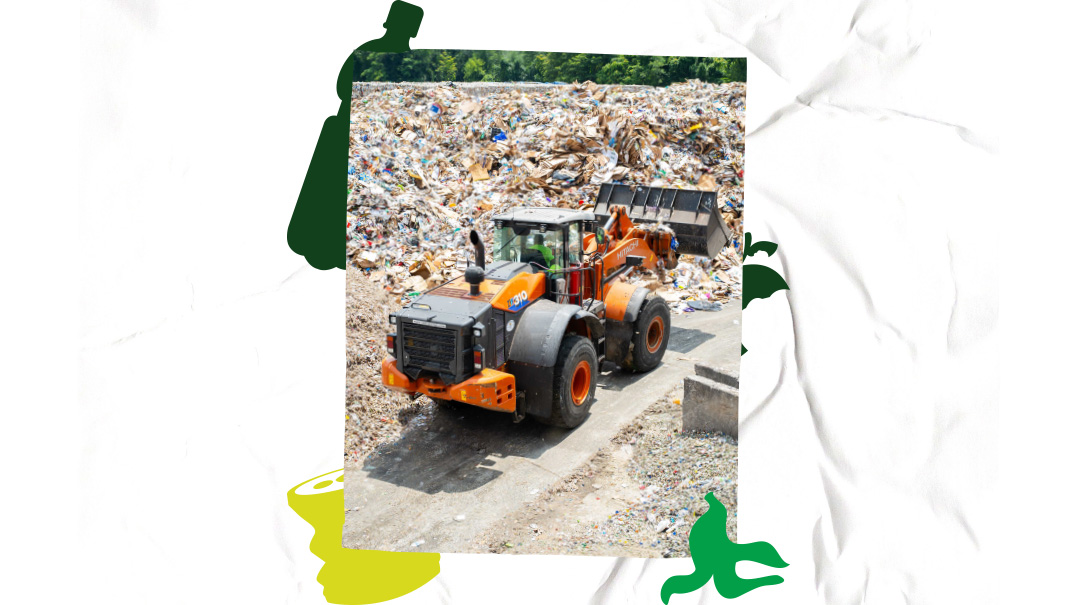No Compromises on Rechov Rashbam

Rav Chaim Kanievsky remains a beacon of clarity in a stormy world. The inside perspective of Rabbi Shai Graucher, who’s brought Rav Chaim’s wisdom to the English-speaking public
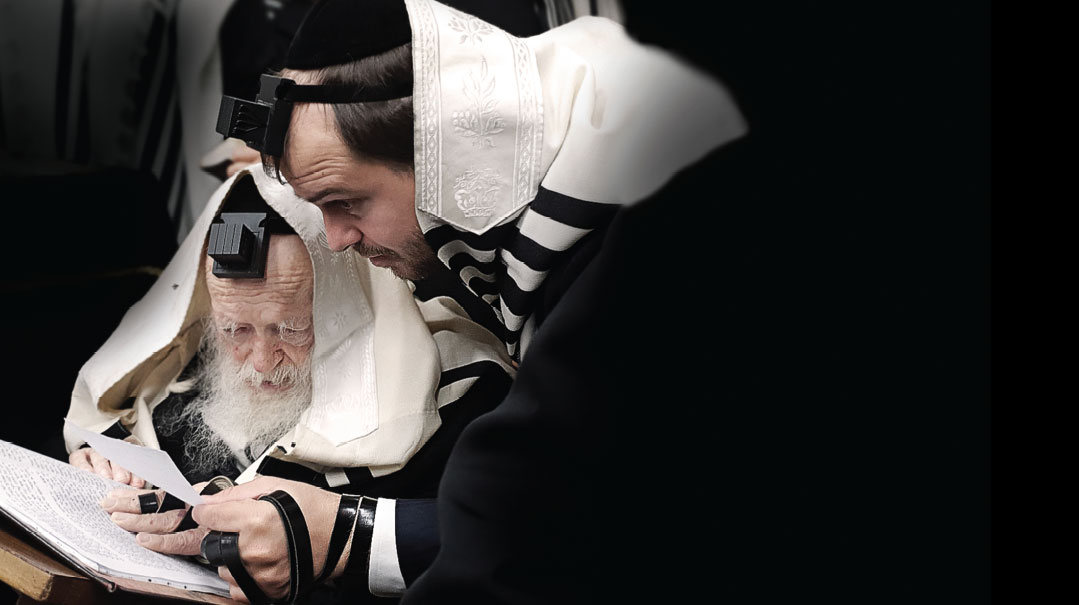
Erev Succos, 5781. If the global COVID crisis wasn’t enough to mar the rejoicing of the upcoming Yom Tov, the news that rapidly spread across the Jewish world sowed worry and distress. The dreaded virus, the insidious and invisible foe that has wreaked havoc across the planet for the last half year, had infected Rav Chaim Kanievsky.
For months, Rav Chaim had been cloistered in a veritable germ-free fortress, as his family took extraordinary precautions to ward off the disease. The select few who came in contact with him were duly masked and disinfected before they could approach him, while plastic partitions shielded him from the rest of the world. But somehow, the virus managed to slip past their carefully erected defenses. Rav Chaim’s health had been monitored vigilantly, and the family grew alarmed when his daily temperature check revealed that he was running a low-grade fever. A coronavirus test was rapidly administered, and the positive result was soon received.
While the physician treating Rav Chaim released a statement that the Sar HaTorah recovered, prayers for continued health and well-being of Rav Shmaryahu Yosef Chaim ben Pesha Miriam are still on the lips of thousands. Yet in the midst of the month-long panic and commotion regarding his health, one man remained an oasis of tranquility, completely unfazed by the worry that held so many in its grip.
That man, of course, was Rav Chaim Kanievsky himself.
Rabbi Shai Graucher, a popular author who has brought Rav Chaim’s teachings to the English-speaking public (in works such as his five-volume Rav Chaim Kanievsky on Chumash and Rav Chaim Kanievsky on Zemiros), is a member of Rav Chaim’s inner circle and a fixture in his home, serving as a conduit for countless communications with the gadol. On Erev Succos, he was present during those dramatic moments on Rechov Rashbam.
“I make an effort to daven at least one tefillah with the Rav every day of the year,” Rabbi Graucher relates. “From Rosh Chodesh Elul through Hoshana Rabbah, I’d leave my home in Yerushalayim at 4 a.m. every morning to drive to Bnei Brak, where I davened at the Rav’s vasikin minyan in his home. When I arrived on the morning of Erev Succos, I sensed immediately that something was wrong. There was a palpable tension in the air, but Rav Chaim himself seemed removed from it all. He sat in his usual place, wrapped in his tallis and tefillin and davened as he did on any other day, pronouncing every word clearly and meticulously. When we finished davening, I was informed that the Rav had been diagnosed with corona. I watched in awe as he began his daily regimen of learning without giving the slightest indication that anything had changed. It was like any other Erev Succos: Dozens of esrogim of every possible variety were laid out on the table in preparation for Yom Tov, and the Rav was blissfully immersed in Torah study.”
A couple of hours later, a statement was issued informing the public of Rav Chaim’s condition and asking them to daven for his recovery. This triggered an avalanche of concerned phone calls and messages from all over the world. “My phone didn’t stop ringing,” Reb Shai recalls. “People were calling from places where it was still the middle of the night. Everyone wanted to find out about Rav Chaim’s welfare, and everyone wanted to know what they could do as a zechus for his recovery.”
To Reb Shai, who has served as the go-between for countless people seeking Rav Chaim’s counsel or blessings, there was no question as to what lay behind the outpouring of concern: The myriads that had benefited from Rav Chaim’s wisdom and blessings in the past had seized the opportunity to repay at least a fraction of his kindness. He had done so much for them; now they could finally do something, as small as it was, for him — by davening for his recovery or undertaking kabbalos for his benefit.
Oops! We could not locate your form.


